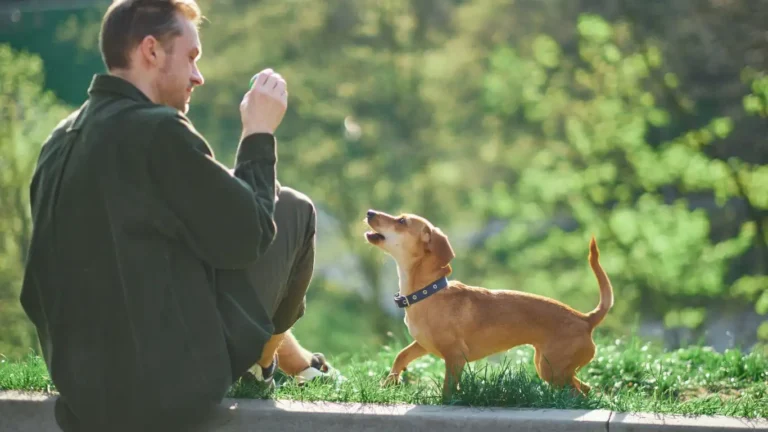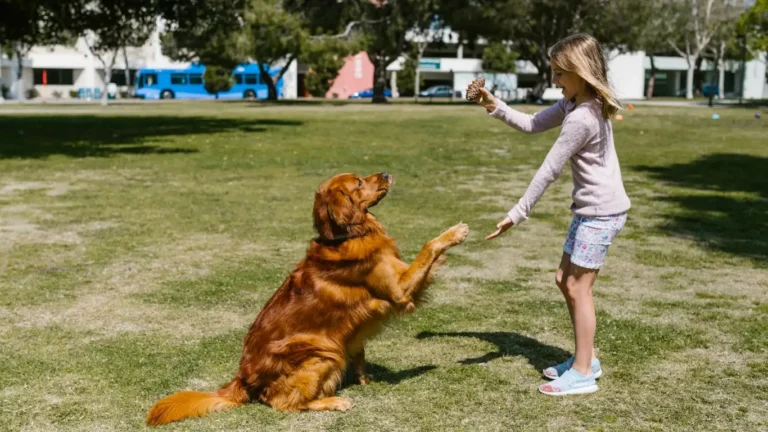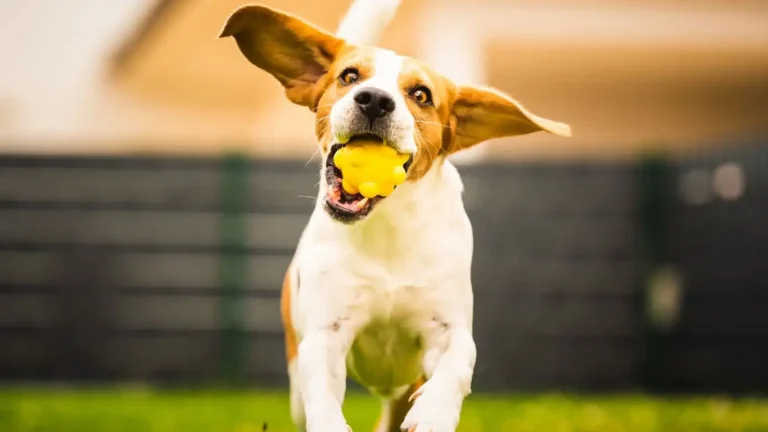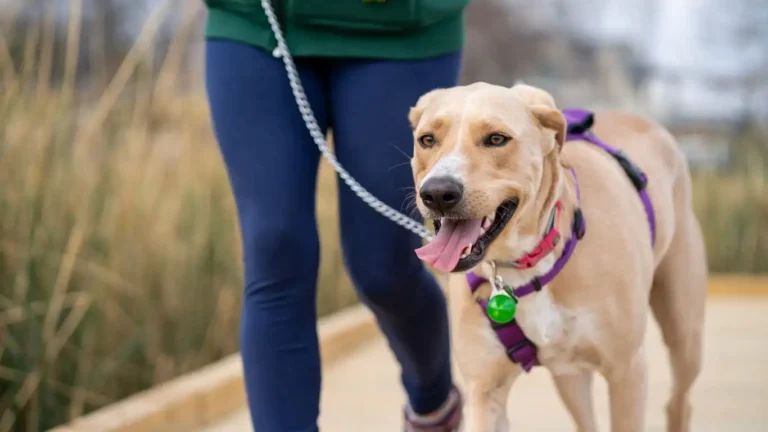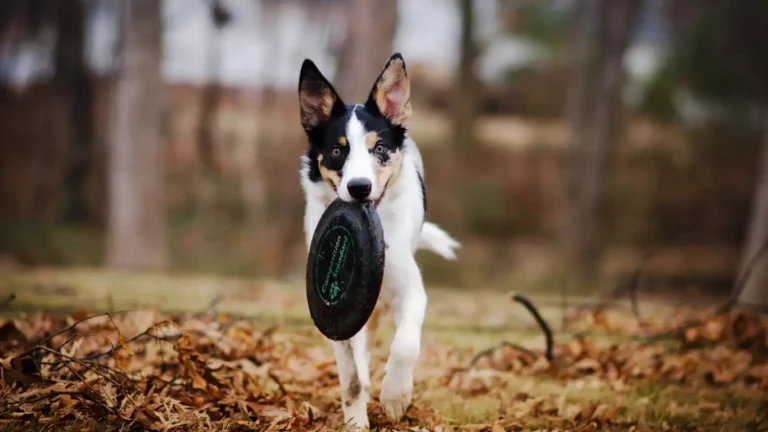Master How to Train a Dog to Respond to Subtle Body Language Easily
Training a dog isn’t just about teaching them commands or getting them to follow a set of instructions. It’s about building a bond, understanding each other’s cues, and fostering a deeper connection. One of the most fascinating and subtle aspects of dog training is teaching them to respond to your body language. As a Canine-Assisted Therapy Trainer with years of experience, I’ve seen how incredibly effective body language can be when communicating with dogs. In fact, training a dog to respond to subtle body language is one of the most rewarding and impactful skills you can develop as a trainer or dog owner.
Why Body Language is So Important in Dog Training
Dogs are naturally attuned to human body language. From a young age, they pick up on our movements, posture, and even the smallest gestures. Unlike spoken words, body language conveys emotional states, intentions, and energy levels. Think about it—when you’re feeling stressed or anxious, your dog can probably sense it just from your body posture. This sensitivity is what makes training a dog to respond to subtle body language so powerful.
When we teach a dog to recognize and react to our movements, it strengthens the communication between us. It’s not just about “sit” or “stay”; it’s about creating a deeper understanding. And when dogs are trained to pick up on these non-verbal cues, their responses can become much more immediate and intuitive. This kind of training not only helps in daily obedience but can also significantly enhance your relationship with your dog, making it more fulfilling and intuitive.
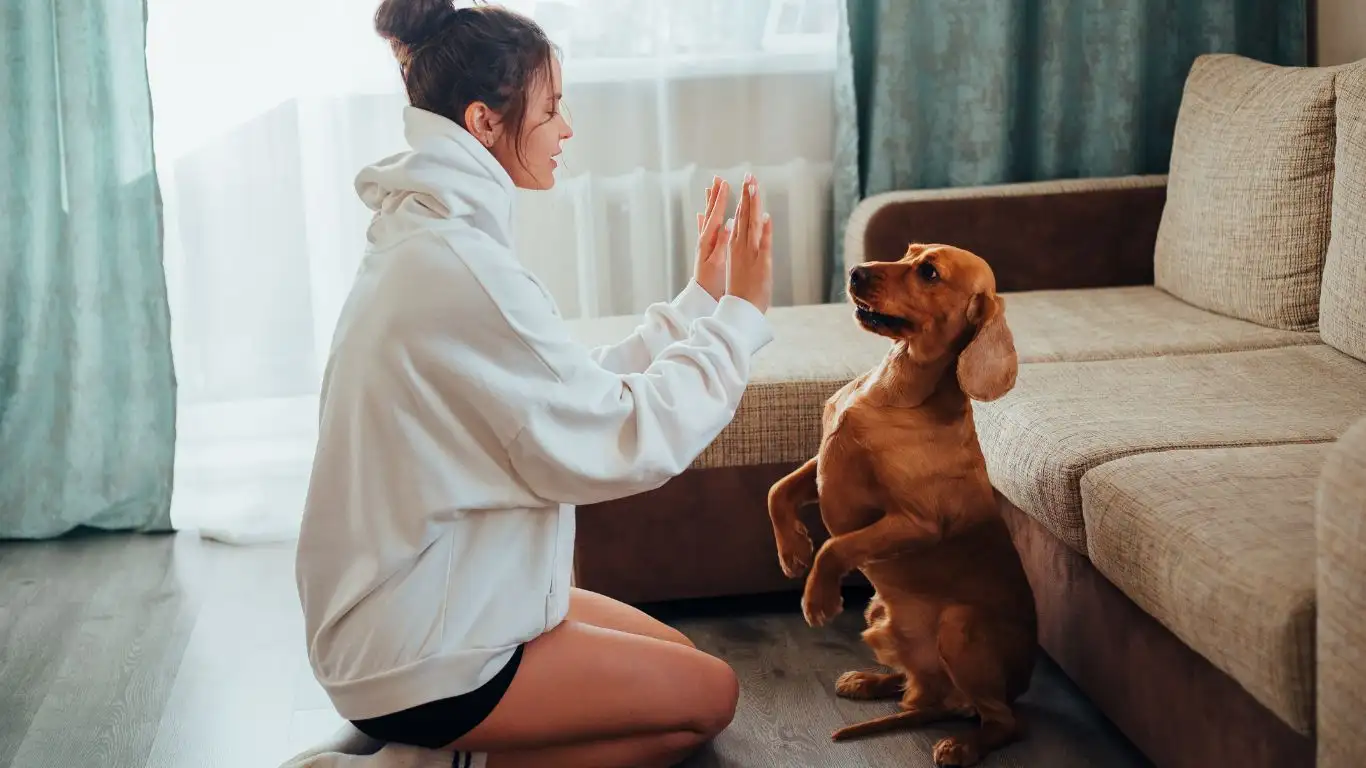
Understanding Your Dog’s Ability to Read Body Language
Before diving into how to train your dog to respond to your subtle body language, it’s essential to understand how dogs perceive these cues. Dogs are experts at interpreting non-verbal communication. They can read facial expressions, posture, hand gestures, and even small shifts in your movements. In fact, studies have shown that dogs are more likely to respond to body language than to vocal commands alone. That’s why being aware of how you present yourself to your dog is a critical first step in this kind of training.
Dogs are always watching us. Whether we’re cooking dinner, talking to someone, or even just walking across the room, they’re picking up on every tiny movement we make. That’s because dogs are inherently social animals, and they’ve evolved to understand human behavior to a degree that’s truly remarkable. By learning to respond to these non-verbal cues, you can teach your dog to anticipate your actions before you even say a word.
Key Steps to Train a Dog to Respond to Subtle Body Language
Start with Simple Movements
The first step in training your dog to respond to subtle body language is to begin with simple, clear movements. Start by making gestures that are easily distinguishable. A great place to begin is by using your hands. For instance, you can start by training your dog to respond to a simple hand signal, like raising your hand to ask them to stop or using a slight movement of your arm to call them towards you.
Initially, use both verbal cues and body language together. For example, when you want your dog to sit, say “sit” while gently raising your hand or putting your body in a seated posture. This helps the dog associate the movement with the command. Once your dog starts recognizing the hand or body signal, gradually reduce the verbal cues and focus more on the non-verbal communication.
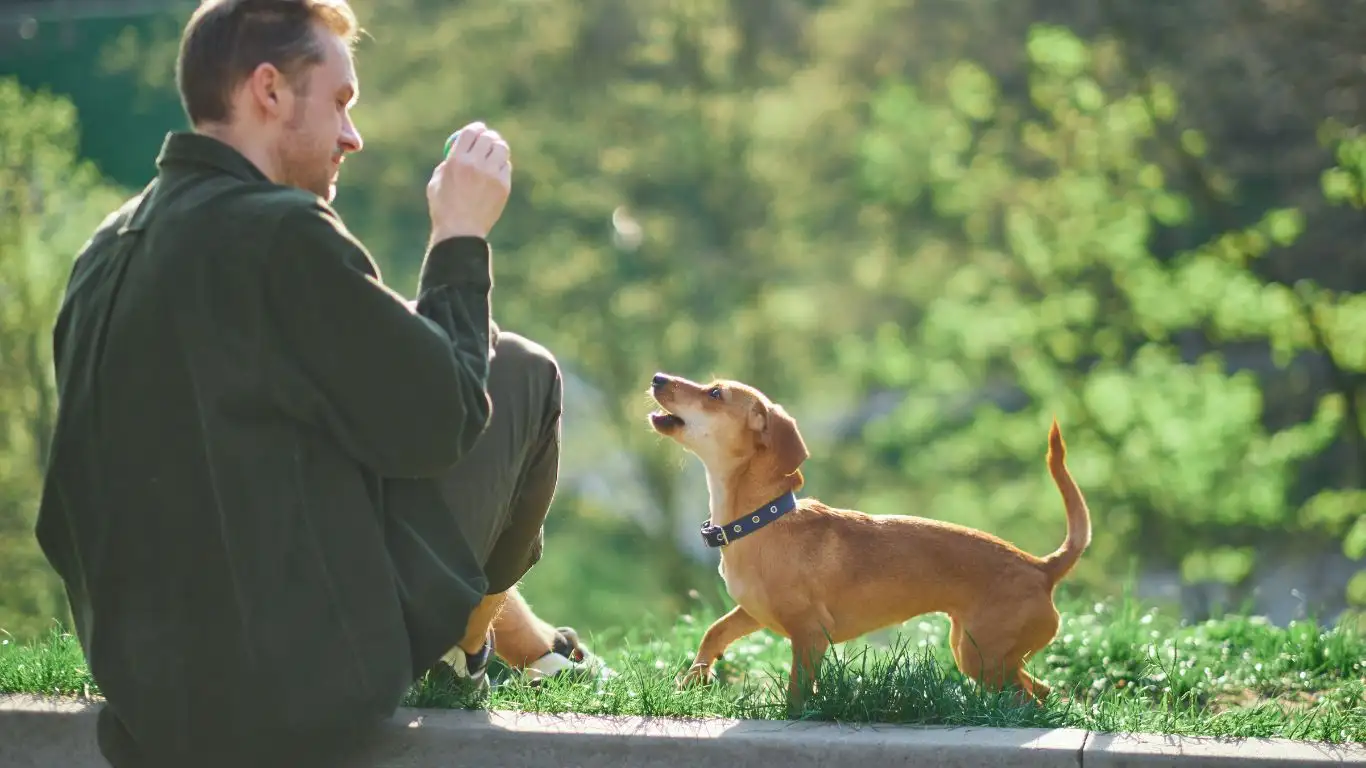
Use Posture to Communicate Intentions
Your body posture can communicate a lot to your dog. Dogs are highly sensitive to our energy and emotions, and they can pick up on even the subtlest shifts in how we carry ourselves. When you stand tall and confident, your dog is more likely to respond positively and calmly. On the other hand, if you slouch or appear tense, your dog might mirror that energy.
To use posture effectively in training, you can practice using your own body to signal different commands. For example, if you want your dog to come to you, step back slightly while maintaining an upright posture. This subtle shift can prompt your dog to move towards you. Similarly, if you want to communicate that it’s time for them to settle down, try a relaxed, calm posture to signal this energy shift.
How to Train with Minimal Verbal Commands
Incorporate Positive Reinforcement
When training your dog to respond to subtle body language, it’s essential to reinforce their good behavior with positive rewards. Positive reinforcement, such as treats, praise, or affection, helps your dog understand that they’ve done something right. But the key here is to ensure that the reward is given immediately after the desired response so that the dog can connect the action with the reward.
For example, if your dog follows your subtle body cue to sit without you needing to say anything, immediately reward them with a treat or verbal praise like “good job!” This helps your dog understand that they’re on the right track, and over time, they’ll begin to respond more readily to your body language alone.
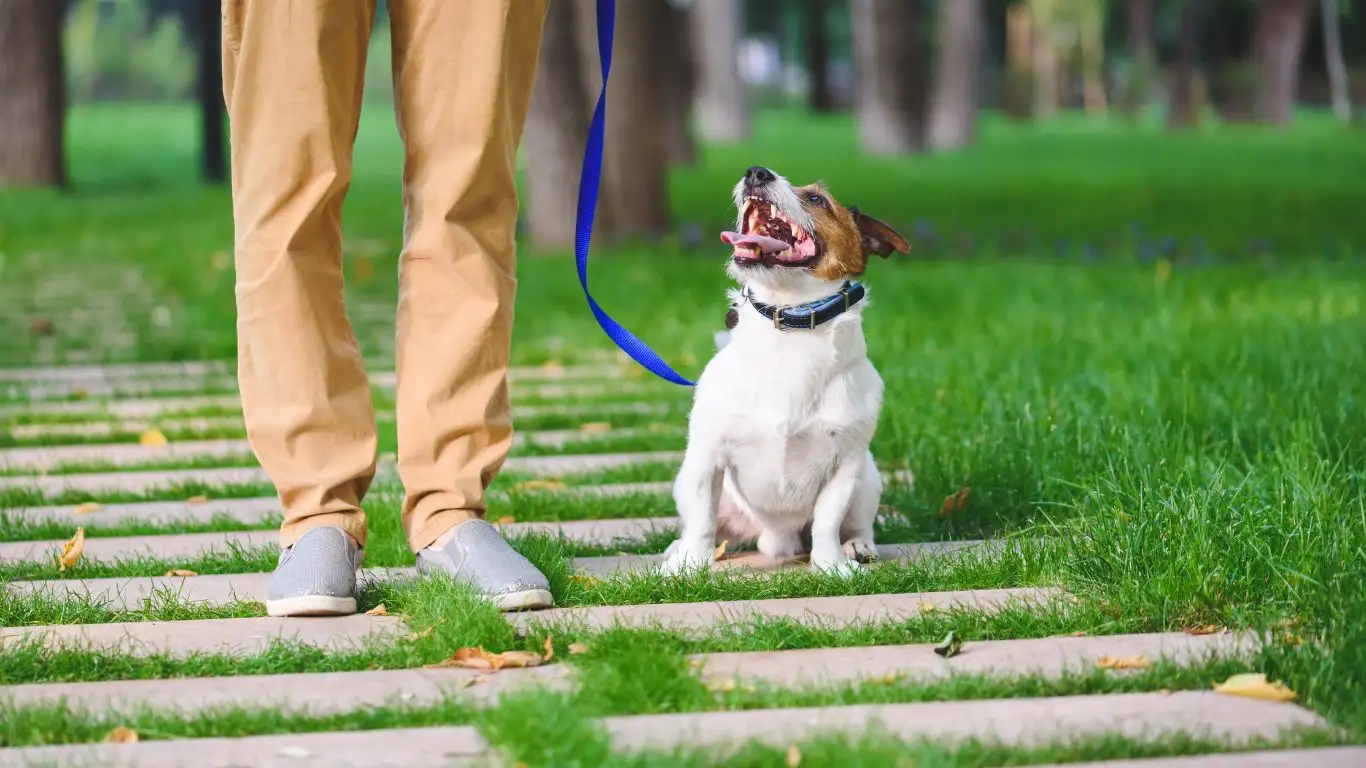
Practice Consistency and Patience
As with any form of training, consistency and patience are crucial. Dogs learn through repetition, and while body language cues might take a bit longer to master than verbal commands, they are just as effective. Make sure to consistently use the same gestures and body signals so your dog can easily associate them with specific actions.
And remember, patience is key! Every dog is different, and some dogs might take a bit more time to pick up on subtle body language than others. Keep the training sessions short, fun, and full of positive reinforcement. With time, your dog will start responding to even the smallest movements and gestures.
Fine-Tuning Subtle Body Language Cues
Now that you’ve started with simple movements and basic body signals, it’s time to take your training to the next level. This is where things get exciting because you’re going to teach your dog to respond to even more subtle and refined body language cues. I’ll be honest—this stage takes time and patience, but it’s so worth it. When your dog starts picking up on these tiny, nuanced movements, it feels like a real breakthrough!
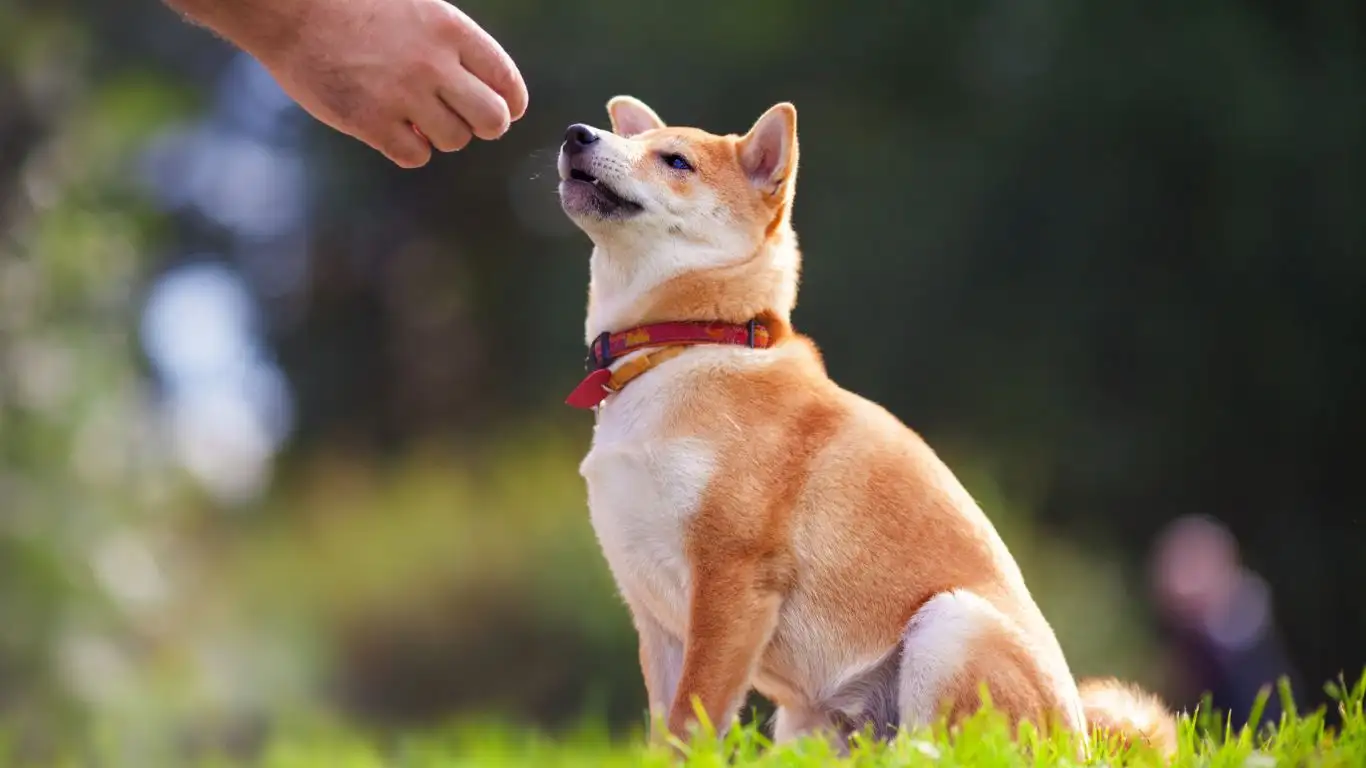
Mastering Eye Contact and Facial Expressions
One of the most subtle and effective ways to communicate with your dog is through eye contact. Dogs are incredibly sensitive to our eyes, and they often use our facial expressions to gauge our emotions and intentions. Training your dog to respond to eye contact can be a game changer, especially for those moments when you need them to calm down or focus without speaking a word.
Start by establishing a calm, relaxed energy when you make eye contact with your dog. Look them in the eye briefly, and then look away. The goal here is to teach your dog that eye contact is a signal to focus and engage with you. When they respond by looking at you or reacting to your gaze, immediately reward them with praise or a treat. As your dog gets more comfortable with this, you can use eye contact to signal different actions, like “stay” or “come.”
One thing I’ve learned over the years is that eye contact is especially powerful when working with dogs that might be shy or nervous. When you give them soft, gentle eye contact without pressure, it helps them feel safe and connected. It’s amazing how much trust can be built through something as simple as your gaze!
Using Your Feet and Legs to Direct Movement
It may sound a little odd, but your feet and legs can be incredibly useful tools when it comes to training a dog with subtle body language. Think about how your dog reacts when you move your feet in different directions. They’re likely paying close attention to where your feet are pointing, and you can use this to your advantage!
One of the easiest ways to train your dog with your legs is by guiding them to follow you during walks or when you need them to change positions. For example, when you want your dog to move to the left or right, you can use a small step in that direction while maintaining a calm, assertive posture. Over time, your dog will start to associate the shift in your feet with a cue to follow your movement.
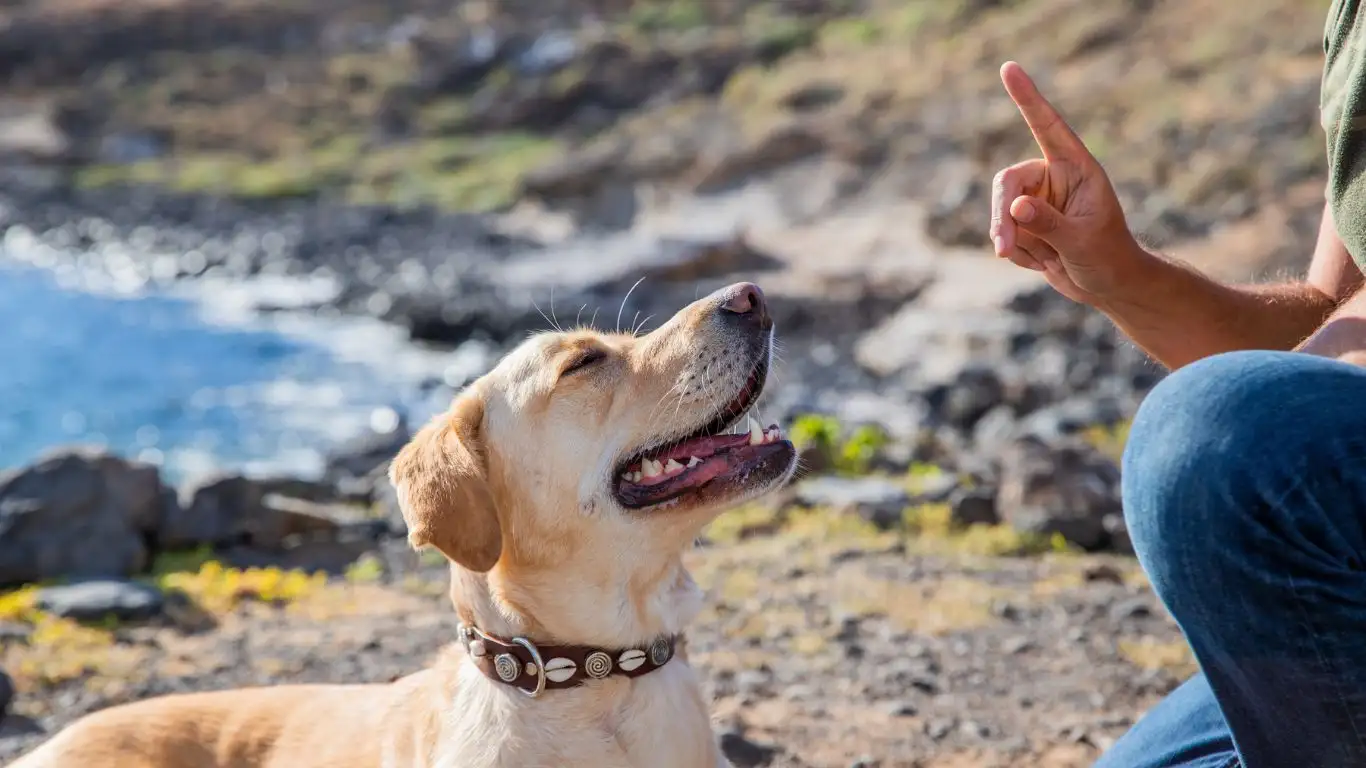
It’s important to be consistent when using your feet and legs to guide your dog. If you’re walking in a straight line and want them to move to one side, subtly angle your body and feet to signal the direction. At first, your dog may not get it right away, but with consistent practice, they’ll learn to follow the lead of your feet without the need for verbal commands. It’s like an invisible leash guiding them along!
Building a Silent Communication System
Incorporating Hand and Finger Signals
If you want to get really advanced, hand and finger signals are an excellent way to communicate with your dog without using words. These subtle gestures can be incredibly effective, and dogs tend to respond well to them once they learn what each signal means. Think of it as creating a unique “silent language” between you and your dog that’s based entirely on non-verbal communication.
Start by using your hands to make simple, clear signals, like a small wave to signal your dog to come or a pointed finger to indicate the direction you want them to go. Once your dog understands the meaning behind each gesture, gradually reduce your verbal cues and focus entirely on the hand signals. I’ve found that dogs love this kind of communication because it feels more like a game than traditional training. It’s also a great way to teach dogs to respond in noisy environments where verbal commands might not be as effective.
One of my favorite hand signals is the “thumb up” motion. I use it to tell my dogs that they did something great, and they respond to it with so much enthusiasm! It’s like a high-five without the need for words. Incorporating these types of signals into your training routine will not only improve your dog’s responsiveness but also help strengthen your connection through more subtle interactions.
Training for Real-Life Situations
So far, we’ve focused a lot on controlled environments, but what about real-life situations? It’s important to practice these body language cues in various settings to ensure your dog can respond reliably, even when distractions are present. After all, training a dog to respond to subtle body language isn’t just about looking good at home; it’s about improving their behavior in all kinds of environments.
Start by practicing in different rooms of your house or in your yard. Once your dog is consistently responding to your body language cues in these familiar spaces, move on to outdoor environments with more distractions. It could be a park, a busy street, or even a friend’s house with other dogs present. The key here is to remain calm and confident in your body language so that your dog can follow your lead, regardless of what’s going on around them.

It’s also helpful to practice these cues during activities like walks or playtime. For instance, when you’re walking your dog, try using your body language to communicate different directions without saying anything. The more you incorporate body language into everyday situations, the more natural it will feel for both you and your dog.
Recognizing the Signs of Success
As you continue to train your dog to respond to subtle body language, it’s important to recognize the signs that they’re making progress. These signs will look different for every dog, but there are a few key indicators that things are going well:
- Increased Focus: Your dog is starting to pay closer attention to your movements and is more focused during training sessions.
- Improved Responses: Your dog is responding more quickly to your body language without the need for verbal cues.
- Better Engagement: Your dog is more engaged in training sessions, actively looking for your next body signal.
When you start seeing these signs, you’ll know that you’re on the right track. Keep practicing, and remember that progress is often gradual. Every small step your dog takes toward understanding your body language is a victory worth celebrating!
Common Challenges When Training a Dog to Respond to Subtle Body Language
Alright, let’s be real for a second—training a dog to respond to subtle body language isn’t always smooth sailing. Even with all the patience in the world, there are going to be bumps along the way. I’ve been there more times than I can count, standing in the middle of a training session wondering why my dog is just staring at me like I’m speaking Martian. It’s all part of the journey!

Inconsistent Body Movements
One of the biggest hiccups comes from us, not the dogs. It’s super easy to send mixed signals without realizing it. Maybe you slightly tilt your head when you mean “stay,” or your hand signal isn’t as crisp as it was the day before. Dogs notice these inconsistencies way faster than we do. That’s why it’s so important to practice being mindful of how you move during training sessions. Staying consistent doesn’t mean being robotic, but it does mean trying to make your signals as clear and repeatable as possible.
Overwhelming the Dog with Too Much at Once
Another common pitfall? Piling on too many signals before your dog is ready. I get it—once they start picking up a few cues, it’s tempting to throw in more and more. But trust me, slow and steady wins the race here. Introduce one subtle body language cue at a time, and give your dog plenty of opportunities to master each one before layering on the next. It’s way better to build a strong foundation slowly than rush and confuse them.
Environmental Distractions
This one’s a biggie. Even if your dog is a body language pro at home, it can all fall apart in a new environment. That’s totally normal! New smells, sights, and sounds can overwhelm their senses and make it harder for them to focus on your cues. The trick is gradual exposure—start in quiet, low-distraction areas and slowly work your way up to busier environments. Celebrate even small wins in new spaces; they’re huge milestones in your dog’s learning journey.
Advanced Tips to Sharpen Your Dog’s Responsiveness
Once your dog has a good grasp of your basic body language signals, you can start fine-tuning their skills even more. These advanced tips have helped me and my therapy dogs deepen our communication to an almost magical level.
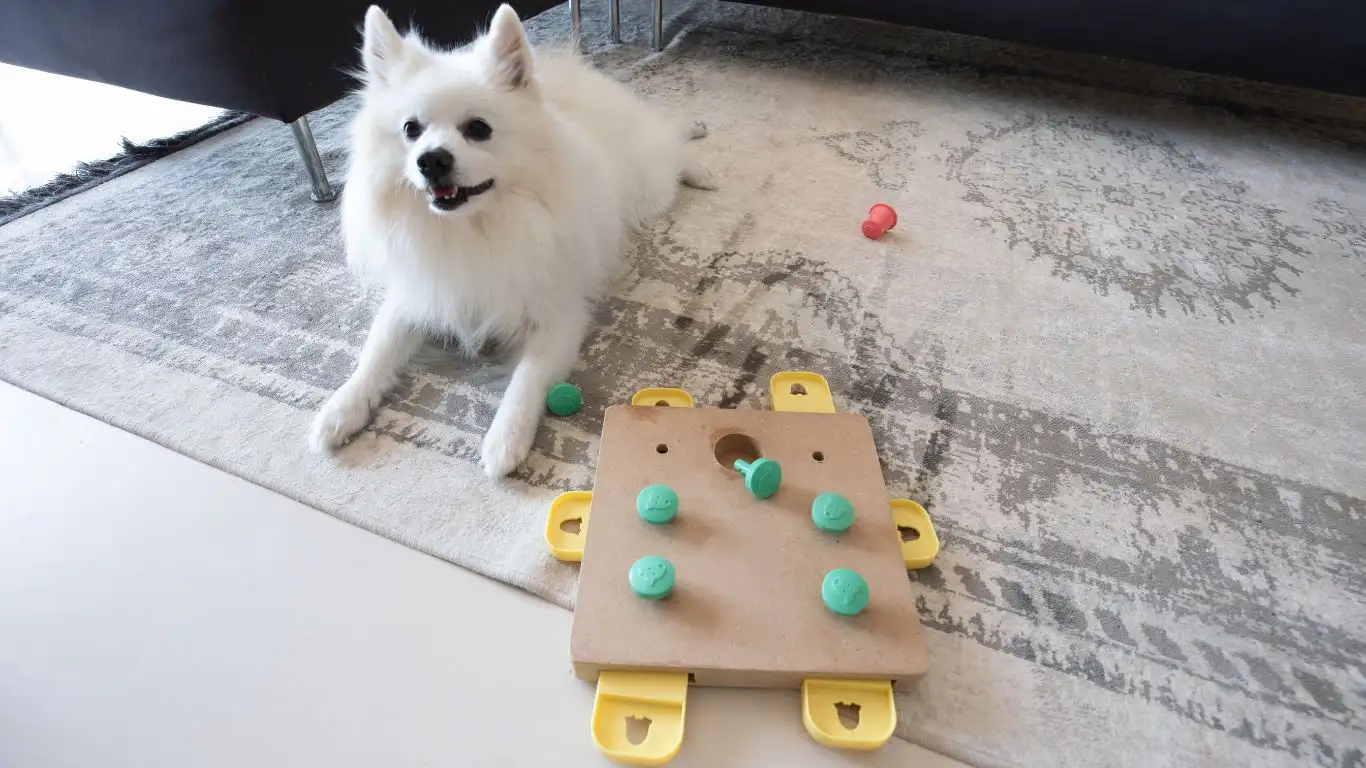
Layering Signals Together
One technique I love using is layering multiple subtle signals together. For example, combining a shift in posture with a specific hand signal can create a much richer command. Dogs are brilliant at associating these cues when given the time and practice to learn them. Just remember—each new layer needs to be introduced slowly and clearly so your dog doesn’t get overwhelmed.
Varying Rewards to Keep It Interesting
Dogs are just like us—they can get bored if everything becomes too predictable. To keep things fresh and exciting, vary the rewards you offer. Sometimes a treat, other times verbal praise, maybe even a quick play session with their favorite toy. Mixing it up keeps your dog motivated and engaged, and it helps them stay enthusiastic about paying close attention to your body language.
Reading Your Dog’s Signals, Too
Training a dog to respond to subtle body language isn’t a one-way street. It’s just as important to become fluent in reading your dog’s signals. Watch for shifts in their body posture, tail position, and ear movements. These little signs can tell you how your dog is feeling and whether they’re tuned in or starting to feel stressed or distracted. Building a two-way communication system makes everything flow so much smoother and deepens your relationship in a way that’s truly special.
Celebrating Success and Continuing the Journey
Reaching the point where your dog responds naturally to your body language is such a rewarding experience. Every wag, every glance, every little movement your dog makes in response to you—those are the moments that make all the time and patience worthwhile.
But here’s the thing: training never really “ends.” It’s a continuous journey of learning and growing together. Even now, after years of working with therapy dogs, I still find new ways to communicate more clearly and build stronger bonds with each dog I meet. And honestly, that’s what keeps it so exciting! There’s always something new to discover, a deeper connection to forge, and a new challenge to tackle together.
So don’t stress if your dog doesn’t pick up every cue perfectly right away. Celebrate the small victories, enjoy the process, and know that every session you spend working together strengthens your bond in ways that go far beyond obedience or tricks. You’re building a partnership based on trust, understanding, and mutual respect—and that’s the true heart of dog training.
References
Disclaimer
This content is for informational purposes only and is not intended to replace professional veterinary advice, diagnosis, or treatment. Always consult with a qualified veterinarian or certified dog trainer regarding your pet’s specific needs and conditions.
